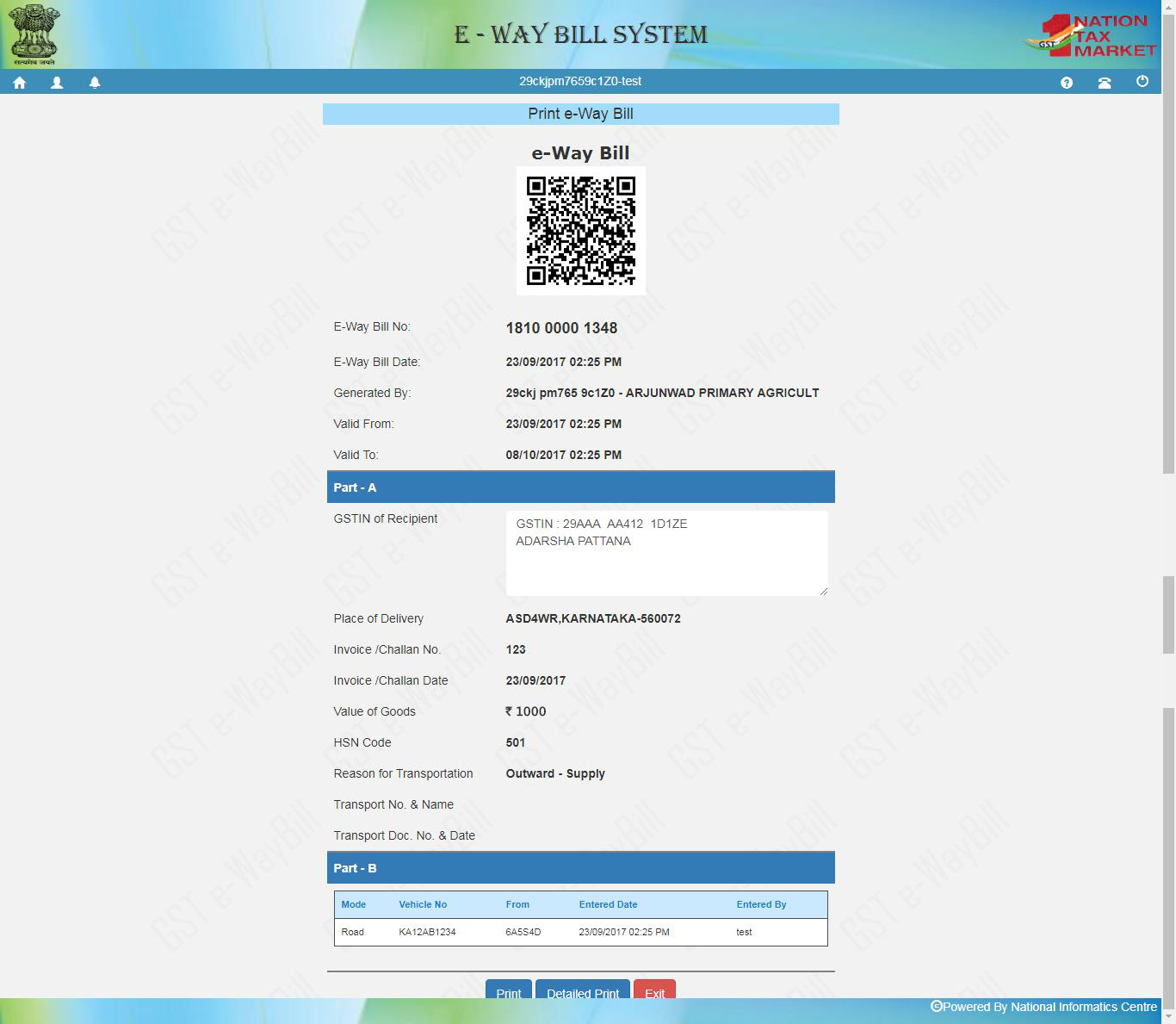1. Self - assessment (Sec 59)
2. Provisional assessment (Sec 60)
3. Scrutiny assessment (Sec 61)
4. Best Judgements - in this there are two types of assessements -
a. Assessment of non filers of return (Sec 62)
b. Assessment of Unregistered Persons (Sec 63)
5. Summary assessment (Sec 64)
I will hereby discuss the case of Scrutiny Assessment which is covered under section 61.
Sub section 1 of section 61 states that -
- the proper officer may scrutinise;
- the return and related particulars furnished by the registered person;
- to verify the correctness of the return;
- and inform him of the discrepancies noticed, if any;
- and seek explanation thereto.
Comments - The adjudicating officer can open scrutiny return based on the particulars submitted by the registered taxpayer in his return. If he finds any discrepancy apparent from the record, he can seek explanation from the taxpayer. However, at this stage the officer cannot demand for any books of accounts or details which are not directly related to his query.
Since the officer can seek explanation based on any discrepancy, it becomes important to understand what could all be covered under "discrepancy"? In my opinion, some of the discrepancy could be:
- any mathematical error;
- any human error such as entry in wrong table or column;
- huge difference between tax liabilities of various months;
- Difference between ITC Claimed with the figures appearing in GSTR 2A;
- Difference between turnover declared in GSTR 3B with those filed in GSTR 1;
- Pending unpaid liability
The Adjudicating officer will thereafter seek explanation from the taxpayer. The explanation at this stage would only be limited to the discrepancy observed.For example, in case there is difference between the turnover figures of GSTR 3B with those of GSTR 1 for the same tax period, the explanation in this case would constitute only reconciliation of sales figures for the tax period under consideration.
Based on the explanation. the adjudicating officer can accept or reject the application. If he accepts the explanation, no further action shall be taken in this regard and the registered person would be informed accordingly. (Subsection 2 of section 61)
However, if
- no explanation is offered; or
- the adjudicating officer do not find the explanation satisfactory;
- within a period of 30 days from the date of communication of such discrepancy or any such further period as may be permitted by him ( the time period to seek explanation cannot be less than 30 days); or
- where the registered person, after accepting the discrepancies;
- failed to take the corrective measure;
- in his return for the month in which the discrepancy is accepted ( and not the month in which the discrepancy is found by the Adjudicating Officer or for the month for which discrepancy is observed);
the officer may initiate appropriate action, including
- Audit u/s 65
- Special Audit u/s 66
- Inspection, Search & Seizure u/s 67
- Demand notice u/s 73
- Demand notice u/s 74 (Subsection 3 of section 61)
Comments - The proper officer may reject the explanation offered by the registered person and may initiate the proceedings as stated above. The law does not state that the officer would pass an order before initiating the above proceedings.
The law states that the registered taxpayer need to correct the discrepancy in the month in which he has accepted the discrepancy. For example, if the officer finds a mismatch in data for the month of April 2018 in the month of August 2018, and informs the registered taxpayer accordingly. If the taxpayer accepts the discrepancy in the month of September, then he need to correct the discrepancy when he files the return for September, which, if he has opted for monthly return filing, would be 10th/20th October.
It may be noted that nowhere in the entire section a time limit has been set for issue of scrutiny notice. Few authors are of the opinion that the time limit for issue of scrutiny notice would be the maximum time period of the consequences that flows out of section 61, which is under section 74. Section 74(10), states that a demand can be raised within a period of 5 years from the due date of furnishing annual return for the financial year to which the tax paid or short paid or input tax credit wrongly availed or utilised relates to, thus a scrutiny notice can be issued for a period of 5 years. In absence of clear timeline, this provision is susceptible to legal scrutiny.
Thank You















